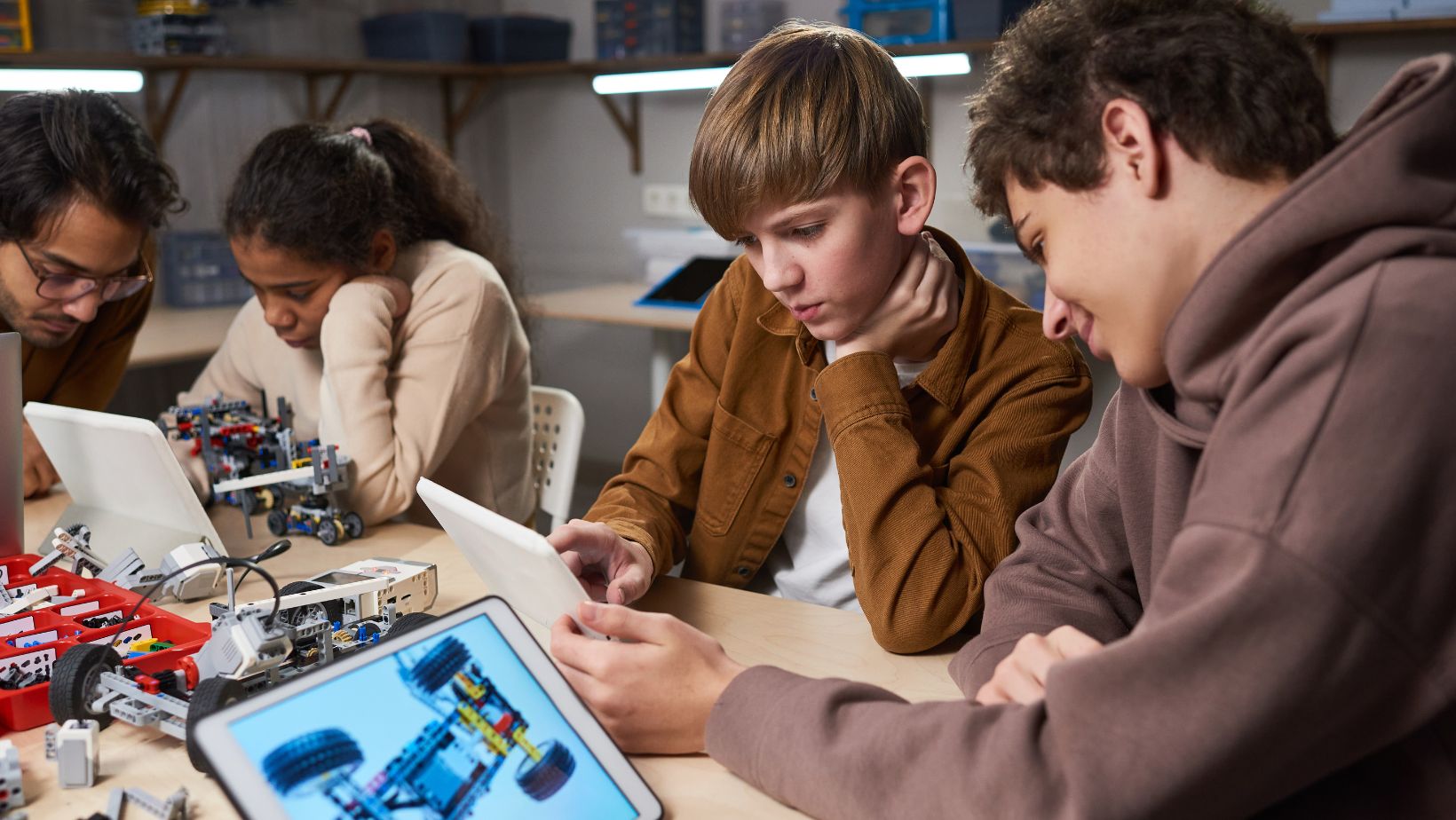Every creative, whether a writer, artist, or designer, knows the importance of having a well-stocked creative toolbox. It’s that magical repository of tools, resources, and strategies that spark inspiration, streamline workflows, and turn ideas into reality. But what exactly makes up this toolbox, and how can you curate one that’s perfectly suited to your own unique creative process?
Creative Toolbox
 A creative toolbox refers to a collection of physical or digital tools, resources, and techniques for creatives to utilize. These assets facilitate inspiration, streamline creative workflows, and enhance the execution of ideas.
A creative toolbox refers to a collection of physical or digital tools, resources, and techniques for creatives to utilize. These assets facilitate inspiration, streamline creative workflows, and enhance the execution of ideas.
For instance, graphic designers often count software like Adobe Photoshop or Illustrator among their essential tools. Writers, on the other hand, may find their toolbox filled with reference books, writing software, or journals. The components vary according to one’s creative pursuits and personal preferences, as each creative individual builds their toolbox to best serve their unique creative process.
Providing tangible solutions, a creative toolbox often acts as a catalyst, translating abstract concepts and visions into concrete results. A firm grasp of one’s creative toolbox can mark the difference between a stagnant idea and a creative masterpiece.
Demystifying the Components of a Creative Toolbox

An optimal creative toolbox comprises a mix of physical or digital resources, specifically designed to ignite creativity, boost productivity, and help transform abstract ideas into tangible results. Assessment of essential requirements is the first step, to streamline the toolbox for optimal benefit. For instance, consider artists who would prioritize graphics tablets, sketch pads, a variety of paints, and brushes, ensuring that they effectively showcase their abilities.
Graphic designers’ toolboxes, on the other hand, are more digitally skewed, with resources such as Adobe Photoshop, Illustrator and InDesign taking precedence. It’s essential to note, however, that while each toolbox is unique to the individual, the common denominator remains the same – these resources are a conduit, facilitating the process of turning creative thoughts into reality.
Benefits of Using a Creative Toolbox

A robust creative toolbox provides notable benefits. First, they bolster efficient utilization of resources. Artists and designers rely on their toolboxes to access their favorite tools promptly, reducing time spent searching for elements and enhancing focus on the creative process. Second, it’s the digital tools that facilitate collaborations. Features like shared design spaces or group canvasses offered by some digital tools provide a platform for collective creativity. It allows these creatives to work together, bouncing ideas off each other and pooling skills to create richer results. Thirdly, a structured toolbox aids in maintaining a consistent style.
Finally, these toolboxes guide the progression of ideas to reality. Every resource contained within a designer’s toolbox has a role in transmuting thoughts into concrete visuals. Thus, in essence, a well-developed and effectively used creative toolbox enhances productivity, fosters collaboration, promotes personal style, and guides the translation of ideas into reality.
The Top Available Creative Toolboxes

Delving into the realm of creative toolboxes, numerous options provide assistance to creatives. It’s crucial to understand the unique offerings each toolbox provides. For example, Adobe Creative Cloud serves artists and graphic designers with comprehensive, professional-grade digital tools. Its suite includes products such as Photoshop, Illustrator, and InDesign that effectively translate design ideas into reality.
For those into writing, Scrivener offers extensive text-based tools for drafting, researching, and restructuring. It combines a document organiser, text editor, and project manager, easing the journey of turning thoughts into words. Additionally, Procreate, a favorite among digital artists, offers an intuitive interface with breakthrough brush techniques and a large library of artistic tools for different mediums. Lastly, for website developers, WordPress stands out with powerful design and editing tools, hosting options, and a massive library of plugins, making it a comprehensive creative toolbox.
How to Effectively Use Your Creative Toolbox
Having the right tools isn’t enough. It’s how you use them that counts. This article’s shown that a creative toolbox can enhance creativity, facilitate collaboration, and streamline processes. It’s highlighted top-notch options like Adobe Creative Cloud, Scrivener, Procreate, and WordPress. Each one’s tailored to specific needs, making them indispensable for artists, writers, and developers alike.

